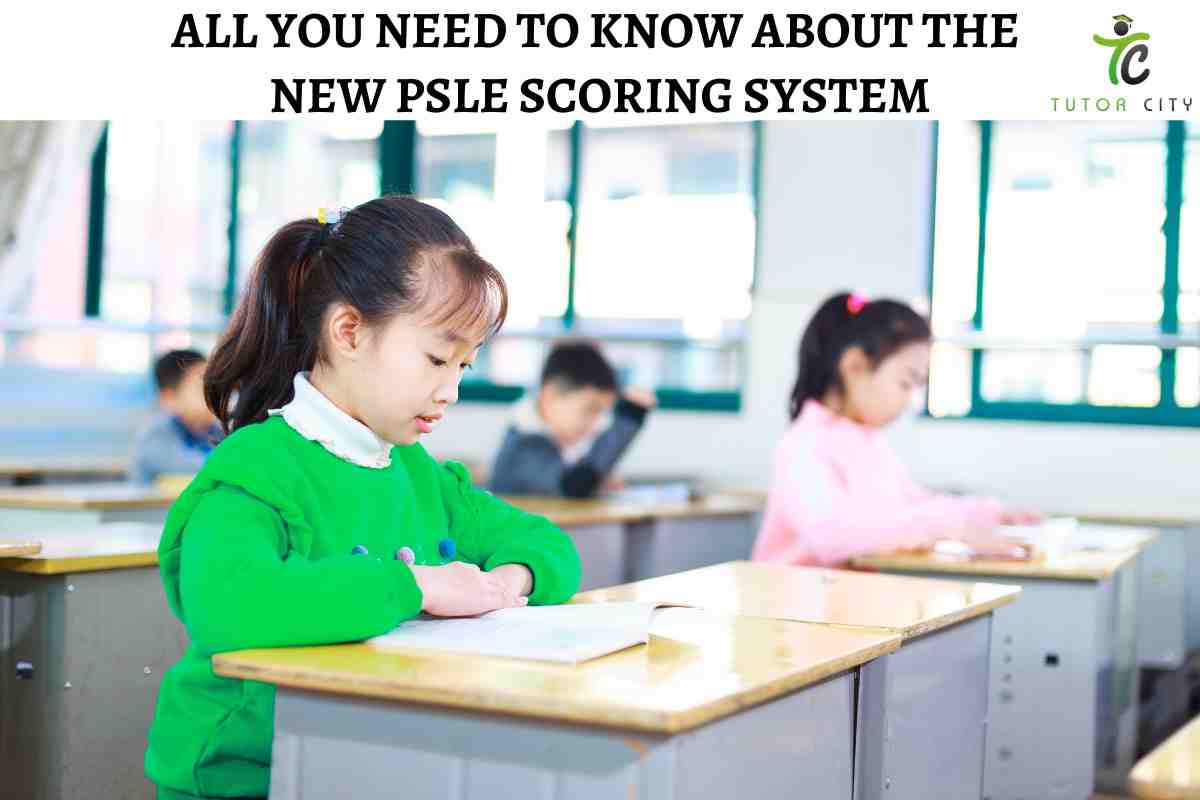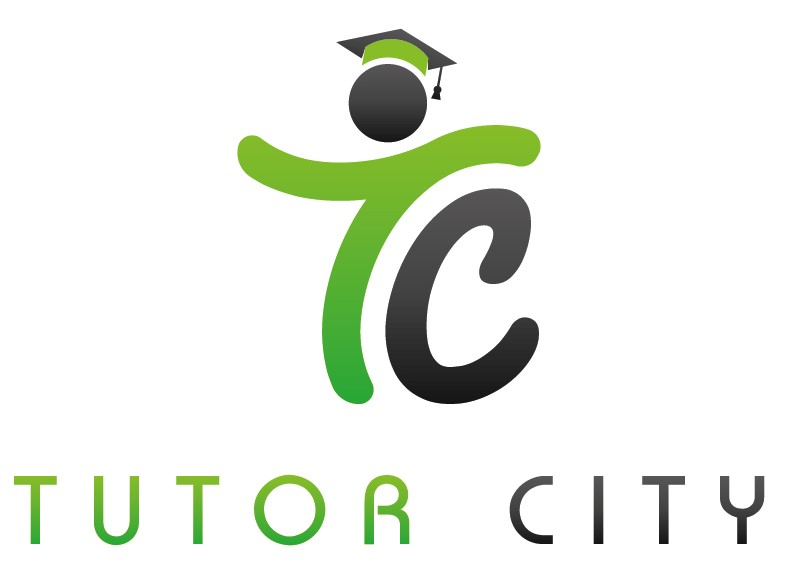
- Published by: Tutor City
- January 02, 2021
- Education
All you need to know about the new PSLE Scoring System [Visual Guide]
The PSLE scoring system will undergo some significant changes in 2021 and every parent whose child is of primary school age should definitely be aware of them.
One of the major changes that will occur in the scoring system is that students will be graded according to their individual performance in a certain subject. How their peers did in that subject will not have any effect on their score.
The Ministry Of Education revealed on 25 July 2019 that those children who are starting Primary 5 in 2020 will be the first ones to come face-to-face with this new PSLE scoring system. According to the Ministry Of Education, in the previous system, too much emphasis was placed on youngsters' academic results and the introduction of this new scoring system represents an effort to shift away from the old ways.
The new scoring system will provide students with more opportunities and flexibility to develop their individual strengths and pursue their interests within the education system.
So what exactly is changing in the PSLE scoring system? What should parents of young children be aware of?
Achievement Levels (ALs)
The first change concerns the way in which schools are presenting their exam results. They will be presenting them in the so-called Achievement Levels (ALs) for all P5 and P6 students.
This change will enable both students and parents to get a better understanding of the scores they get.
One thing that is being eliminated is the T-score.
Employment of wider scoring bands will lead to a reduction in fine differentiation between pupils.
To be more specific, currently the PSLE aggregate is calculated by summing up all the T-scores of all the four subjects taken by the student. The current system shows how a student performed compared to their peers. So even if a student does well in all four subjects their T-score may be lower than that of their peers if their peers manage to score higher marks. The new PSLE scoring system was designed to replace the old T-score with wider soring bands.
To be even more specific, the elimination of the T-score means that from now on each subject a student takes will be scored using 8 bands. These bands are called Achievement Levels.
Achievement Level 1 is the best possible score a student can get, and logically, Achievement Level 8 is the lowest possible score.
The PSLE score of the student will be calculated by summarizing the four subject scores. So the best possible score will be a PSLE score of 4 and the lowest possible score will be the score of 32.
You may be curious, what is the raw mark a student should get to qualify for the Achievement Level 1, and what marks correspond to other levels?
Those who score 90 points or higher will get Achievement Level 1,
85 - 89 will get Achievement Level 2,
80 – 84 will get Achievement Level 3,
75 – 79 will get Achievement Level 4,
64 – 74 will get Achievement Level 5,
45 – 64 will get Achievement Level 6,
20 – 44 will get Achievement Level 7,
and finally the students who score below 20 will get Achievement Level 8.
Here is a table for easy reference:
Let’s take a hypothetical situation in which a student earned AL 3 in English, AL 2 in the mother tongue, AL 1 in mathematics, and AL 2 in science. The final PSLE score would be the sum of these numbers (3+2++1+2=8), so the student’s final score would be 8.
Simply speaking, the lower the child’s PSLE score the better.
Also, compared to about 200 possible T-scores that exist today there are only 29 possible scores in the new system.
This is because, as we have mentioned, the new grading system aims to reduce the fine differentiation between young students.
Read MOE's FAQ page: What does this mean for your child?
Scoring system for foundation level subjects.
The new scoring system will affect the foundation level subjects as well. Under this new system, the grades will be assigned according to 3 bands (Achievement Level A, B, or C).
Similar to the standard subjects’ scoring, these results will also reflect the student’s achievement and not how they performed compared to their peers.
As for the raw mark to Achievement Level correlation, students who get a raw mark ranging from 75 to 100 will get an A (the equivalent of standard level AL 6). Those who score 30 – 74 will get a B (the equivalent of standard level AL 7). And students who get fewer than 30 marks will get a C (the equivalent of standard level AL 8).
So let’s say a student got AL 2 in English, AL 4 in mathematics, AL 2 in the mother tongue, and AL B in foundation science; their overall PSLE score would be 15 (2+4+2+7=15).
Keep in mind that the students who take foundation level subjects, and satisfy the Express Course placement criteria are eligible for the Express Course.
Read also: The end of streaming into normal and express for Secondary schools (from 2024)
Presenting the results in Achievement Levels (ALs).
As we have already mentioned from the year 2020 school-based exam results of both P5 and P6 students will be presented in Achievement Levels. However, P1 to P4 students, as well as the students who are already in P6 in 2020 will not be affected by this change.
So now that we have established all of that let's see how these changes affect the future of your child.
You probably want to know if the choice order of schools will matter during the secondary school posting. The answer is yes.
Here’s what you should pay attention to.
Posting will still be based on students' academic merit (this time using the new PSLE score). You will need to submit a list of six schools in order of your preference. If there are two students being considered for the last vacancy in school and they both have the same PSLE score then one of the following things will break the tie. Citizenship.
Singapore citizens are the first priority. If neither of the students applying for the spot is a citizen then the vacancy will be filled by a student who is a permanent resident. The international students come last on this list.
Choice order.
From 2021 priority will be given to the child who places the school higher on their choice list. For instance, if two Singapore citizens have the same PSLE score then the one who listed the school as the first choice will be prioritized.
Computerized ballots: If all of the aforementioned methods fail to break a tie then the last possible way to break a tie will be computerized balloting.
Express Stream, Normal (Academic), and Normal (Technical) Streams will also undergo some changes.
Starting from 2021 students must get a PSLE score of 22 or less to be admitted into the Express Stream. If a child scores 25 or less they will be eligible to enter the Normal (Academic) Stream. And those students whose score is 30 or less will be eligible for the Normal (Technical) Stream.
The new PSLE scoring system will also affect the student's ability to take Higher Mother Tongue Language (HMTL) in secondary school. Students with an overall PSLE score of 8 or better will be automatically eligible for this course.
However, if a student did not succeed in getting the required score there is still a way to take it. A student must have a PSLE score of 9 to 14 (inclusive) and they must have attained merit in the HMTL or AL 1 or AL 2 in MTL.
However, even if your child doesn’t Satisfy the aforementioned demands they might still be eligible to attend HMTL classes if they have an interest in the course, a special talent in this language, and if it is deemed that their involvement in the HMTL will not affect their performance in other subjects.
Deciding to take HMTL is also a dilemma, we have a discussion on this topic whether should you take normal chinese or higher chinese.
Another thing to keep in mind is that if your child does badly at their PSLE exams they may have to retake them. To join the Normal (Technical) Stream children must score at least AL 7 for maths and English. If your child gets a score of 31 or 32 in those subjects this will mean that he/she will need to retake the exam.
Alternatively, these students can enroll in the Assumption Pathway or NorthLight specialized schools.
As for the cut-off points, the Ministry Of Education will provide information about the cut-off point of each secondary school. These cut-off points will be derived based on the secondary school posting exercise as well as the students' PSLE scores.
So the 2021 cohort will have sufficient time to pick a secondary school of their choice and apply for direct school admission - secondary, if they wish to do so. If you want more details, we have a detailed guide on how to get into a popular school via DSA.
Hopefully, this article has shed light on the upcoming changes in the PSLE scoring system.
Is your child struggling? We can help! Find out how our experienced PSLE tutors can help give you a much needed boost or crash course.
More informative guides:
All you need to know about secondary 1 posting
Helping your child transition from primary to secondary school
Secondary School Music & Art Elective (MEP) programmes. Which one is best for your child?







